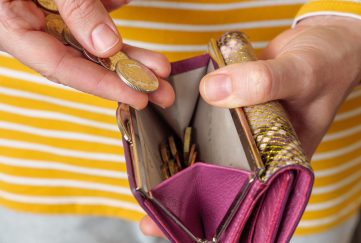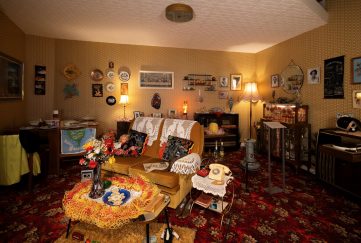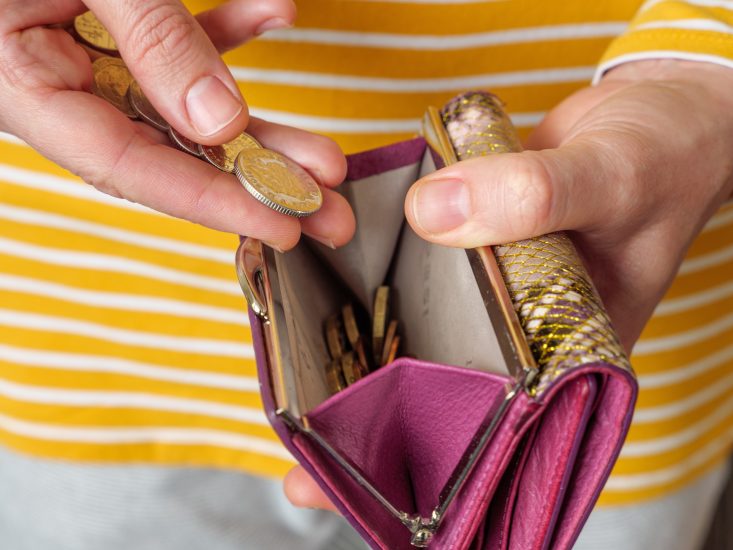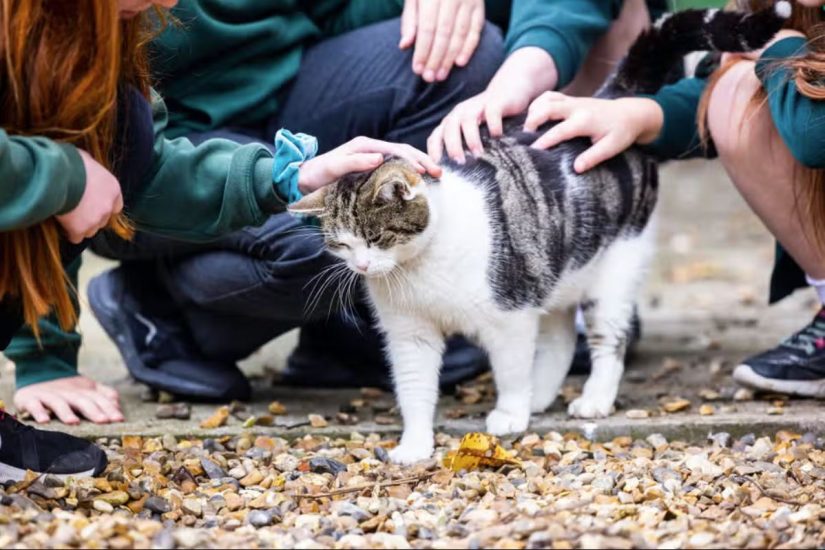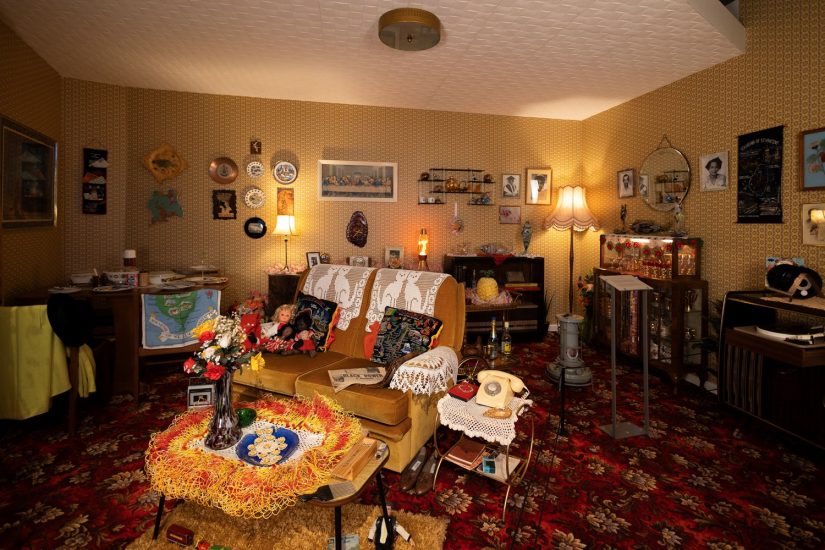Save The Houses Of Parliament!
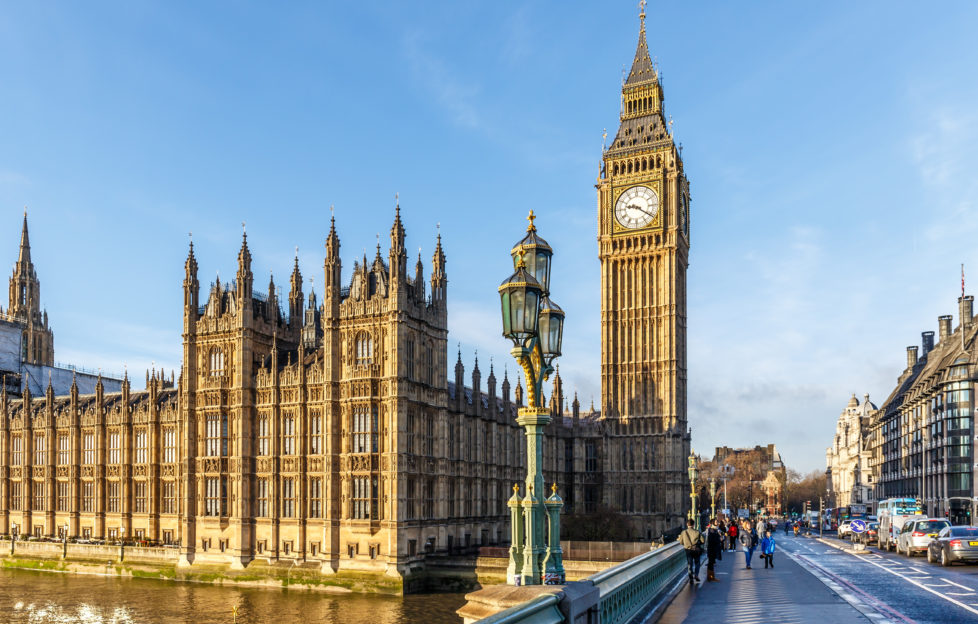
Dianne Boardman’s fascinating look back at the history of the Houses Of Parliament was originally published in “The People’s Friend” Special 117, back in January 2016.
When better to revisit her feature than Bonfire Night, when we mark the failure of the famous Gunpowder Plot.
The Palace of Westminster, otherwise known as the Houses of Parliament, is one of the most recognisable buildings in the world.
Its origins date back to the 11th century and it’s been under threat many times since then, most famously by the Gunpowder Plot of November 5, 1605, when a plot to assassinate King James I (& VI of Scotland) was foiled when the conspirators were discovered in a cellar under the House of Lords with 36 barrels of gunpowder.
The building became home to Parliament after a major fire in 1512. It was previously been a palace for King Henry VIII and his various wives.
Following the fierce blaze, Henry took over the adjoining Palace of Whitehall.
The Palace we recognise today was designed by Charles Barry in 1836. It sits at the heart of UK government, housing both the House of Commons and House of Lords, a trove of artworks and treasures and a depository of history.
However, this beautiful building is under threat once again. This time by attacks from woodworm, asbestos, collapsing pipes, rotting beams and more. I decided to visit the Houses of Parliament and find out what the rescue options are.
A walk through history
Vicky Wood is my guide on the tour of the Palace, which she aptly calls “A walk through history”. From the moment of entering Westminster Hall, I feel history. From the towering oak ceiling to the plaques on the old stone floor marking the spots where Thomas More, William Wallace, Guy Fawkes and Charles I, along with many others, were tried and sentenced.
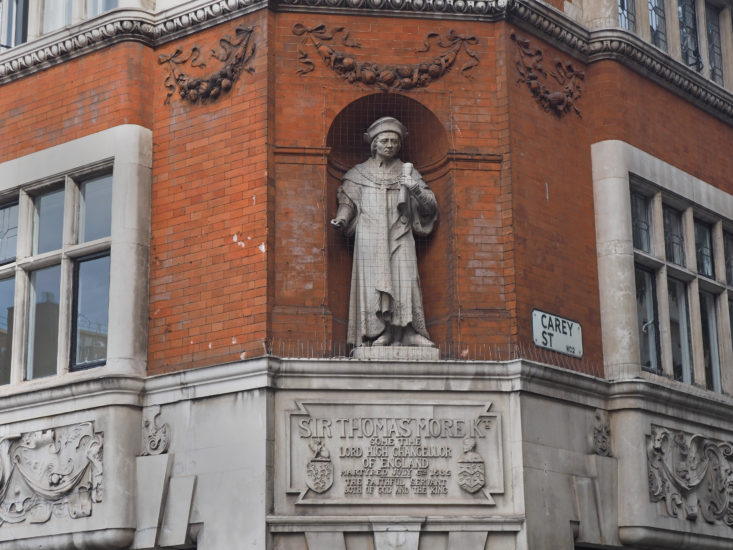
Memorial to Thomas More, behind the Royal Courts Of Justice, London. Shutterstock.
Westminster Hall is the oldest part of the Palace of Westminster, dating from 1090. Amazingly, it survived the huge fire of 1834 and, later, the bombs that destroyed much of the building in 1941.
It’s still used for state occasions and is dominated by a huge stained-glass window containing the monograms of MPs, peers and staff who died in World War II. It’s here that state occasions are held, monarchs lie in state and coronation feasts are enjoyed.
Vicky moves us on through to St Stephen’s Hall, originally built on the site of the royal chapel where the House of Commons sat from the mid-16th century until the 1834 fire destroyed it.
Vicky has many stories of debates that have taken place here. From arguments against the slave trade by William Wilberforce to speeches by other famous orators such as Walpole and Pitt, and Charles I’s attempt to arrest five members of the House of Commons.
Statues depict these figures from history, including the first Prime Minister Robert Walpole. But even they show the passage of time: 17th-century Lord Falkland’s boot is missing a spur after a suffragette chained herself to him in 1909.
The House Of Lords
The Central Lobby joins the House of Lords with the House of Commons and is where you often see newscasters standing on television.
This octagonal room has eight arches decorated with statues of kings and queens standing vertically one on top of the other.
The ornate ceiling is equally spectacular and Vicky points out the symbols on the tiled floor: the rose for England, the thistle for Scotland, the shamrock for Ireland and the leek for Wales.
Marble statues of 19th-century politicians flank the doors as we head for the House of Lords.
The Lords Chamber was designed to be the grandest room in the Palace. It’s dominated by a huge, magnificently gilded throne. This is where the monarch reads the speech at the State Opening of Parliament.
The paintings on the wall show the virtues of religion, chivalry and justice. The benches, which we’re not allowed to sit on, are of shiny red leather.
As in the Commons, the room is split into two sides. There’s a table in the middle which still bears the damage done by Winston Churchill’s signet ring as he pounded it during his rousing wartime speeches.
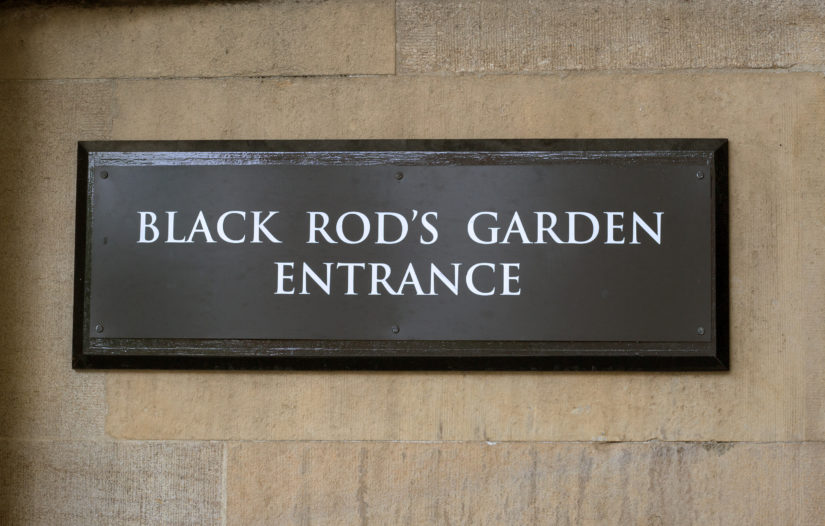
Shutterstock.
Black Rod
Churchill was speaking in the House of Lords because a bomb had destroyed the Commons Chamber.
“Imagine,” Vicky says, “wearing a two pound bag of sugar on your head. This is the weight of the crown the Queen wears on state occasions. She waits until the last minute to put it on. Then someone waits by the door to lift it off as soon as possible.”
It’s a long-standing tradition that, in preparation for the Queen’s Speech at the State Opening of Parliament, Black Rod is sent to summon Members of the House of Commons.
Black Rod must strike the door leading to the Commons Chamber three times with his ebony staff to gain admission. I’m amused to notice a huge dint in the spot on the ancient door where Black Rod strikes each year.
The Commons Chamber is much smaller than it appears on television. In fact, Vicky reveals that there are so many MPs now that there are not always seats for them all.
She regales us with tales of famous speeches as we watch the MPs heckling at Prime Minister’s Question Time.
Despite being rebuilt with post-war austerity, this room is very atmospheric. I can just as easily imagine Disraeli orating or Palmerston debating as I can our MPs bickering today.
Leaving through the Members Lobby, we’re confronted with bronzes of Winston Churchill and Margaret Thatcher. Churchill insisted that this room remained in its damaged state after the war. Only the walls were rebuilt and the arch still shows patches left by the heat of the flames.
I hope the history and heritage of the Palace can be saved
Next, a visit to the archives, crammed with papers depicting moments of history, including the death warrant of Charles I.
We learn more about the origins of some traditions, such as the Division Bell to summon MPs being rung in the local pubs. Then we go outside to gaze at Victoria Tower, once the tallest square tower in the world.
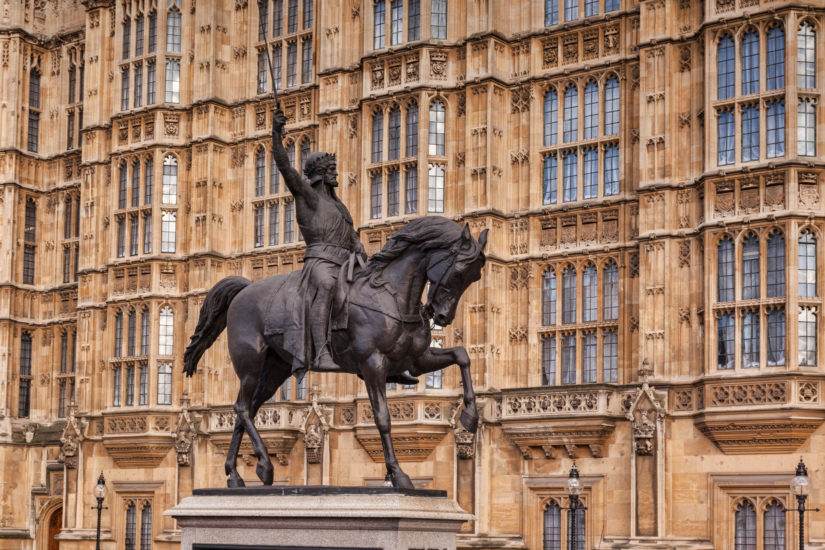
Shutterstock.
We take in the statue of Richard the Lionheart, whose sword was bent by shrapnel during WWII bombing, and the Clock Tower that houses the famous Big Ben bell.
Finally, I ask Vicki about the future of this amazing building. It’s evident that repairs have already started in certain areas. There’s scaffolding in places and, in the Royal Gallery, little tents scattered about covering broken tiles that are being repaired.
“We have three options for the restoration,” she says. “Firstly, we do it with minimal disruption, which would take about fifty years. Secondly, we have some disruption but it would still take thirty years.
“The most likely option is that we all move out. Then it could be completed fairly quickly, probably within five years.“
Whatever happens, I hope the history and heritage of the Palace of Westminster can be saved for future generations to enjoy.
Preferably without any more bombs, fires or gunpowder.
For more fascinating features from “The People’s Friend”, click here.


